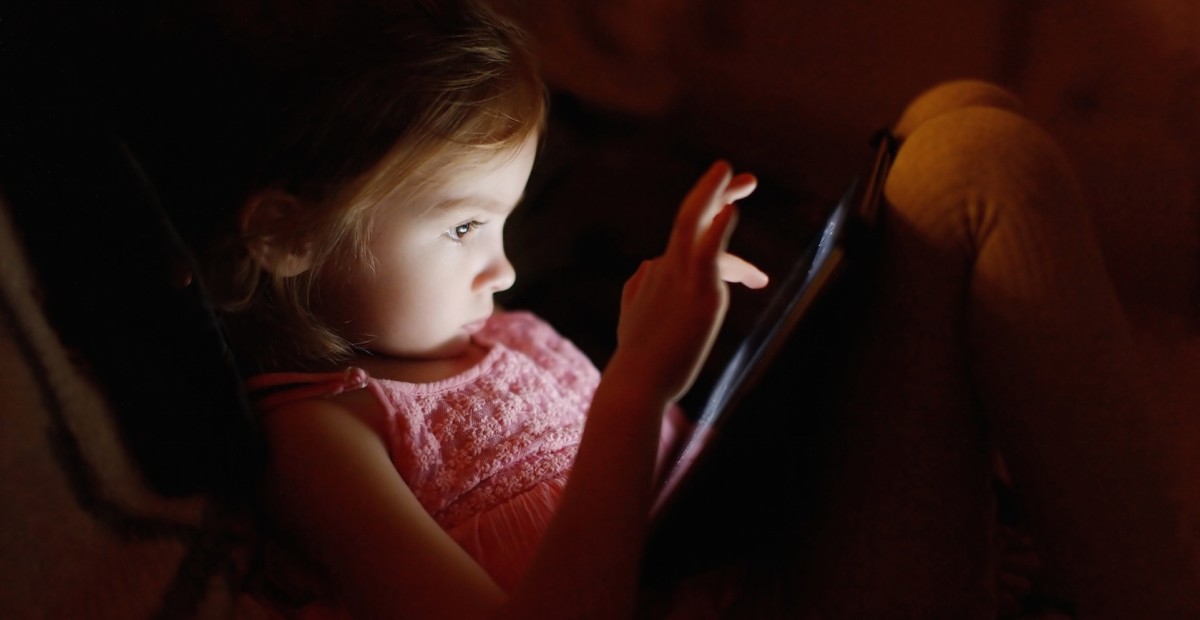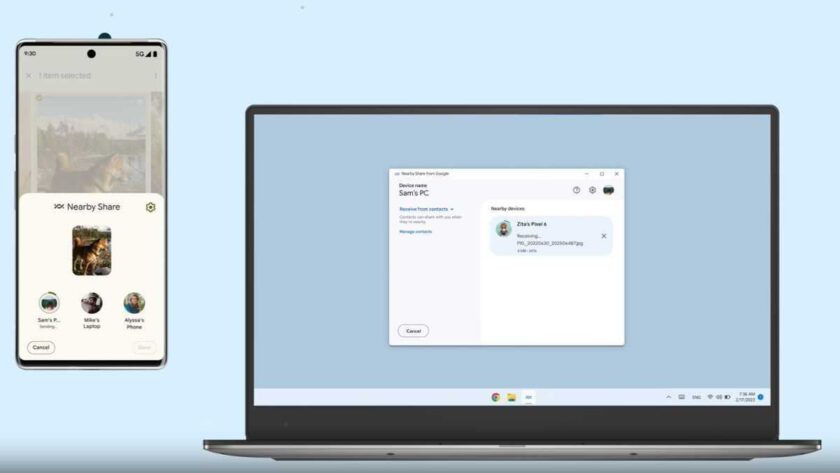Concerns about the harm caused by too much screen time – particularly when it is spent on social media – are widespread. But working out what a healthy amount might be is far from easy.
Apple’s Tim Cook recently said he would not want his nephew on a social network, while child health experts wrote to Facebook warning excessive use of digital devices and social media “is harmful to children and teens”.
Some negative experiences on social media – like bullying, or becoming worried about how your appearance compares to others – can and do affect some children and young people.
However, this does not mean that technology use in general is harmful and it is difficult to make claims about how it will affect different people.
Indeed, some studies suggest that using social media can bring benefits, or have no effect on wellbeing at all.
An inquiry into the impact of social media and screen use on young people’s health was announced this week by UK MPs, who hope to separate “understandable concerns from the hard evidence”.
For now, anyone thinking about how much time using screens and social media is “OK” will ultimately have to make a personal judgement.
Consider the picture painted by a Unicef review of existing research into the effects of digital technology on children’s psychological wellbeing, including happiness, mental health and social life.
Rather than stating that social media was harmful, it suggested a more complex effect.
The Unicef report highlighted a 2017 study by my colleagues at the University of Oxford that examined 120,000 UK 15-year-olds.
Among those teenagers who were the lightest users, it was found that increasing the time spent using technology was linked to improved wellbeing – possibly because it was important for keeping up friendships.
In contrast, among the heaviest users of technology, any increase in time was linked to lower levels of wellbeing.
The researchers suggested that for those teens, technology use might get in the way of taking part in other important activities.
The point at which the use of technology flips from having a positive effect to a negative effect was different for each category at which the researchers looked.
For example, more than two hours of smartphone use on a weekday, and more than four hours on a weekend day, was linked to lower wellbeing.
This effect, however, was small and only predicted 1% of a teenager’s wellbeing.
The researchers suggested that the positive effect of regularly eating breakfast, or getting a proper night’s sleep, was three times stronger.
Overall, the Unicef study suggested that some screen time could be good for children’s mental wellbeing.
“Digital technology seems to be beneficial for children’s social relationships,” it said. The impact on physical activity levels, however, was “inconclusive”.
Similar trends for technology’s effects on wellbeing were found in a subsequent study among large numbers of teenagers in the US.
However, the researchers warned that social media and technology use negatively affects teenage wellbeing.
One of the authors, professor of psychology Jean Twenge, suggested “excessive” use of devices was the problem.
But again, the effects were small, with the positive effects of exercise being more significant.
In contrast to the authors of the Oxford study, Dr Twenge recommends less screen time for children.
“Half an hour, an hour a day, that seemed to be the sweet spot for teen mental health in terms of electronic devices,” she said.
A broader look at evidence provided by some other high quality studies again suggests the story is not clear-cut.
An early study in 2013 looked at how the television and video game habits of 11,000 UK five-year-olds affected them two years later.
It is one of few studies actually tracing the effects of technology over time.
It suggested that, compared with children who watched one hour of television or less on a weekday, a small increase in conduct problems was seen among those who watched more than three hours each day.
Playing electronic games, however, was not seen as leading to a greater risk of hyperactivity, or friendship or emotional problems.
So how much time should we, or our children, spend looking at screens?
It is difficult to be precise as different people spend time online in such different ways.
For example, someone enjoying their time chatting with friends is using social media very differently to someone worrying about their own life as they flick through contacts’ photos.
It appears to be the case that much of the debate about social media oversimplifies the reality.
A useful comparison might be with sugar.
Broadly speaking, people agree that excessive amounts of sugar can be bad for your health.
But the effect it might have can depend on many factors, from the type of sugar – fruit, or refined; to the person – athlete, or diabetic; and the amount – one gram, or many.
We would not readily trust anyone who claims to predict how someone is affected by consuming one gram of sugar.
The same could be said for social media usage: the outcomes depend on so many factors that only very crude predictions are possible.
Research about social media can sometimes help us navigate the debate, but concrete evidence does not yet exist.
This situation could improve significantly as more research is conducted in the coming years.
But for now, we will need to rely on our own judgements to decide about just how much time we – and our children – spend on social media.




